Hard Shell introduces ballistic plates from the Rhino Series, a one-of-a-kind hard armour that has taken the defense industry by storm. These hard armor plates reflect innovation of the highest order. The series features a wide range of protection levels and weight options. Whether you are on routine patrols or covert surveillance missions, these plates will not disappoint. Hard Shell's ballistic plates are trusted worldwide for their premium quality. We are committed to providing superior ballistic protection gear for your needs. Refer to the comparative table below to get a thorough understanding of our products and how they differ from each other. You can then go ahead and pick up the one that best suits your needs.
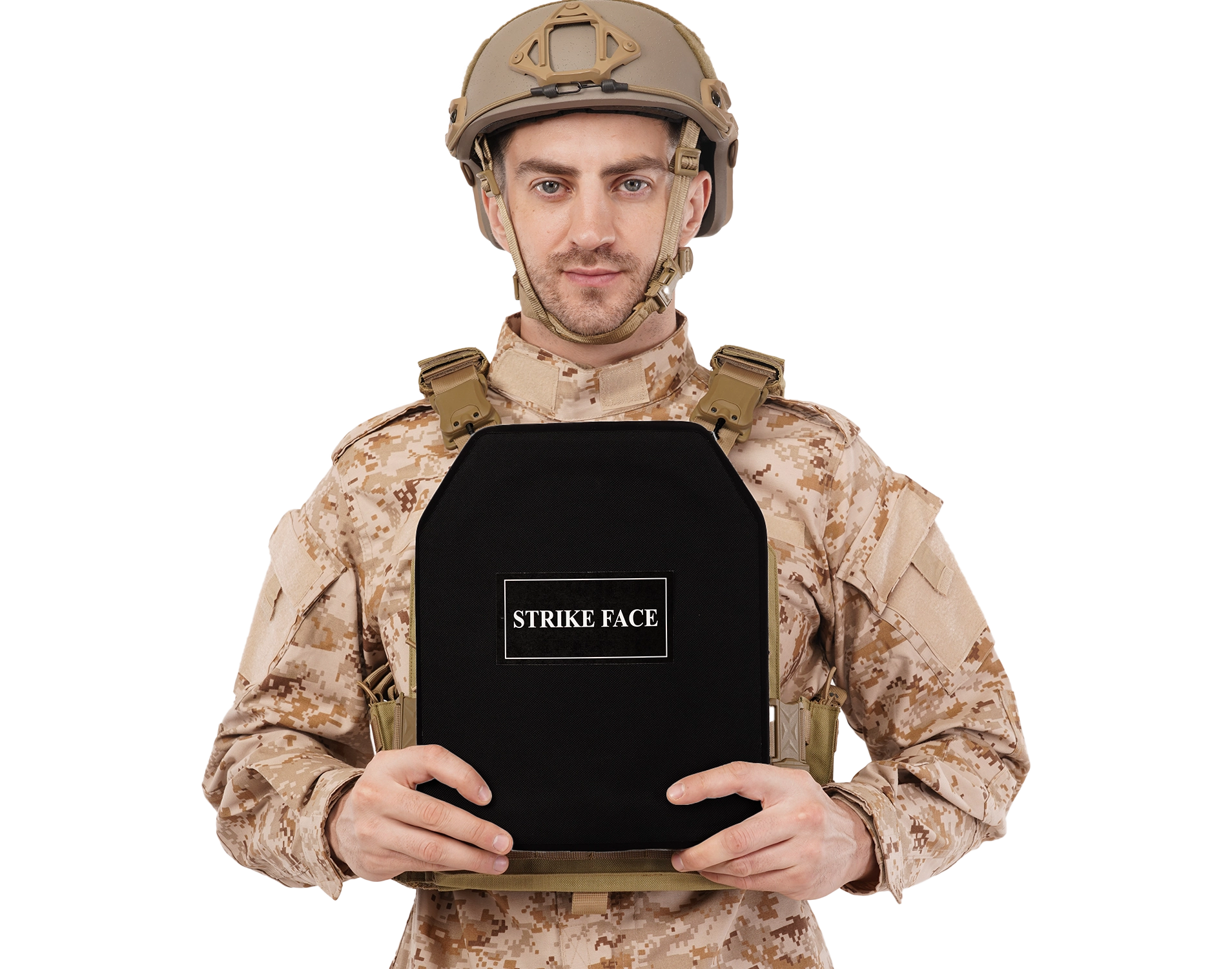
Available in ICW (with Level IIIA soft armor) or Stand-Alone setups, Hard Shell’s RhinoCore RF1 Hard Armor Plate can prove to be the edge you need in the field. It is among the lightest in the industry and comes with an ergonomic fit suited for all body types.
View More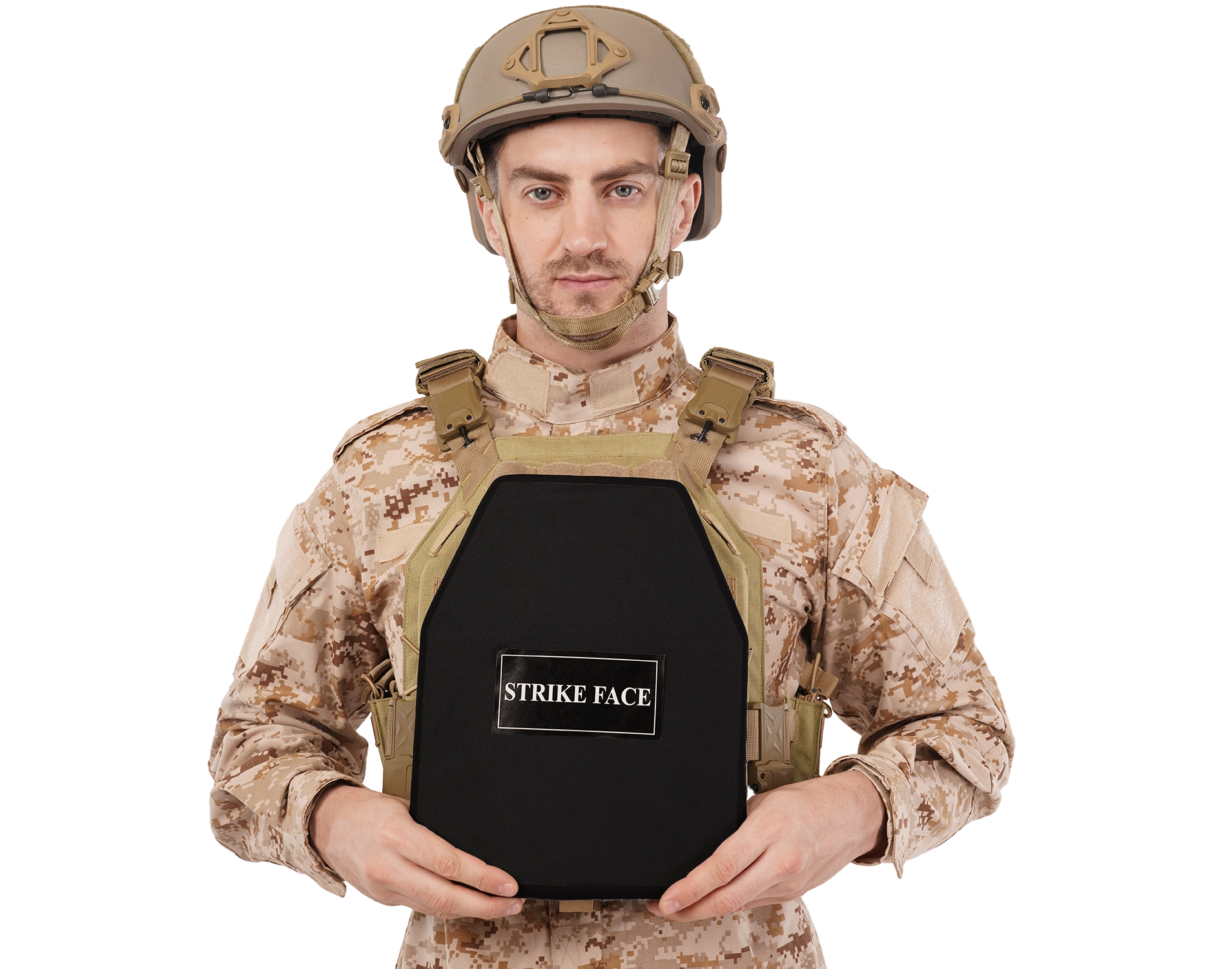
Hard Shell’s RhinoCore RF2 Hard Armor Plate is engineered with advanced ceramic and composite materials to deliver superior ballistic protection, durability, and comfort. Integrated with Hard Shell's signature trauma minimizing technology for enhanced safety under high-intensity threats, the plate boasts of multi-hit capability and an user-centric design.
View More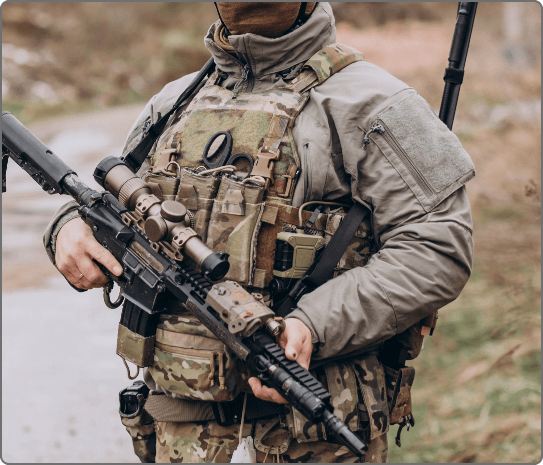
The ICW (In Conjunction with Soft Armour) plate needs to be integrated with a ballistic vest to effectively reduce the risks associated with a bullets’ impact. The best results are achieved with ICW plates when they are used in conjunction with a IIIA ballistic vest. To hold the ballistic plates, ballistic vests are designed with a large front pocket, which is used to insert an ICW plate.
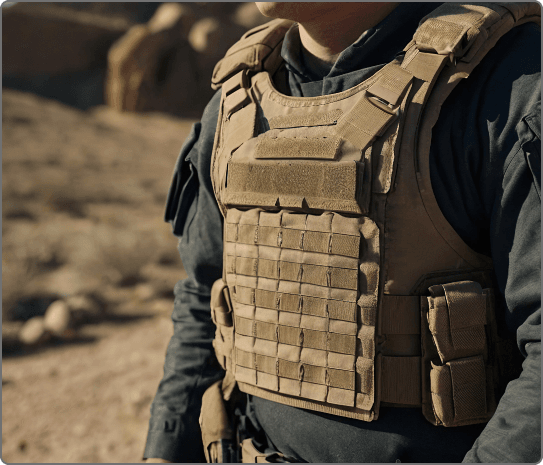
As the name suggests, Standalone Armour is used independently for its defensive capability. In this case, there is no need to insert additional protective layers. These plates have a heavier profile than ICW and are mostly used in tactical operations. Hard Shell's plates come with an inherent advantage thanks to their lightweight nature.
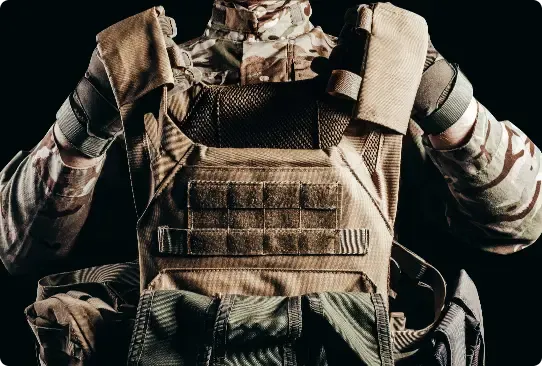
Ballistic plates from the Rhino series offer protection levels that range from NIJ III (NIJ RF1), NIJ III+ (NIJ RF2), to NIJ IV (NIJ RF3). The National Institute of Justice (NIJ) certifies ballistic protection gear, including ballistic plates, based on the ballistic impacts that they can withstand. When it comes to ballistic plates, they are classified into different NIJ protection levels based on the types of bullet rounds these plates can handle. This is a depiction of their strength.The higher the NIJ protection level, the higher the strength. Refer to the table above for the exact specifications of bullets that our hard armor plates provide protection against.
At Hard Shell, we use high-performance UHMWPE for making ballistic plates. Ceramic is also used for higher threats, which includes Alumina, Silicon carbide and Boron carbide. All these materials are very effective in absorbing and diffusing ballistic impacts. Their lightweight property also make them a hit for body armour. They provide protection from ballistic impacts by absorbing the impact energy and dissipating it in different directions.
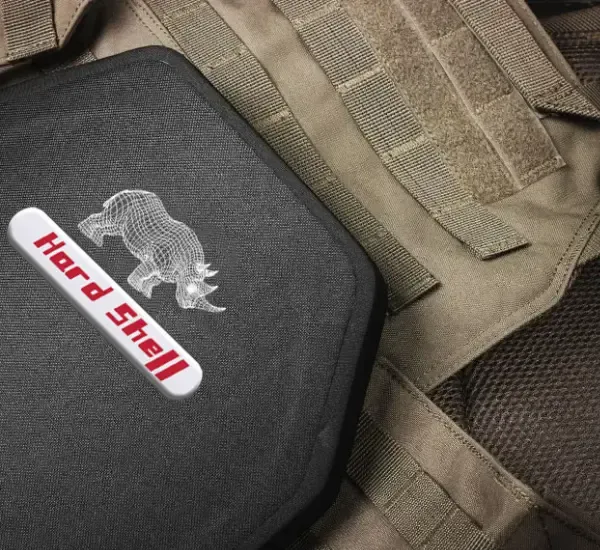
High-strength substances like ceramics, aramid fibers, or ultra-high-molecular-weight polyethylene are typically used to make ballistic plates. These materials are known to improve the defensive properties of body armor.
Depending on the intended use, either hard armor plates or soft armor plates are preferable. Due to their rigid composition, hard armor plates are excellent at deflecting projectiles with high velocity. For low-velocity threats, flexible, comfortable soft armor plates are excellent. Selection needs to be in line with operating objectives and special protective needs.
Hard armor plates are made to offer significant protection from projectiles. The plates efficiently absorb and disperse energy upon ballistic impact, minimizing potential damage. The design, composition, and certification of the plate in accordance with the necessary criteria, however, determine the degree of protection.
The performance of hard armor plates may deteriorate over time due to wear and exposure to environmental elements. Manufacturers generally provide guidelines for the expected life of their products. Consistent protection levels are ensured through routine inspections, adhering to manufacturer specifications, and replacing plates as necessary.
The level III armor plates are made to provide strong defense against a variety of high-velocity threats. These plates provide protection against ballistic threats such as 7.62 x 51 mm (NATO Ball Round) and 7.62 x 39 AK47 (Mild Steel Core).
Level IV armor plates offer superior ballistic defense against powerful threats. These plates are designed to withstand high-velocity hits from armor-piercing bullets and provide against ballistic threats such as 7.62 x 39 mm AP , 7.62 x 51 NATO, 7.62 x 51 AP, etc.
Considering their intended purpose, hard armor plates are relatively heavier than soft armor plates. It is because of the materials used to make them, such as high-performance polyethylene and hybrid composites based on ceramic. However, this doesn't mean that these plates are uncomfortable. Efficient design and manufacturing ensure that hard armor plates are both comfortable and offer solid protection.
Depending on the particular protection needs, different materials can be used to make armor plates. In particular, ceramic-based hybrid composites have remarkable hardness and durability, making them suited for high-velocity threats. High-performance polyethylene is an alternate option for some applications because it also boasts remarkable strength-to-weight ratios.
The main difference between hard and soft armor plates is found in their defensive qualities and composition. Hard armor plates provide robust defense against high-velocity projectiles and are generally made of materials like ceramics or high-performance polyethylene. Soft armor plates, which often have layers of flexible materials, offer comfort and flexibility while largely fending off low-velocity assaults.
Hard Shell is an ideal destination if you want to buy the finest hard armor plates. Hard Shell, a company renowned for its technical innovation and dedication to quality, provides a selection of top-tier hard armor plates tailored to different protective requirements. The expertise of Hard Shell guarantees the delivery of reliable and efficient defense solutions.
End to end control
Precision Crafted for Your Needs
A Global Shield of Confidence
Sustainability at the Core of Safety